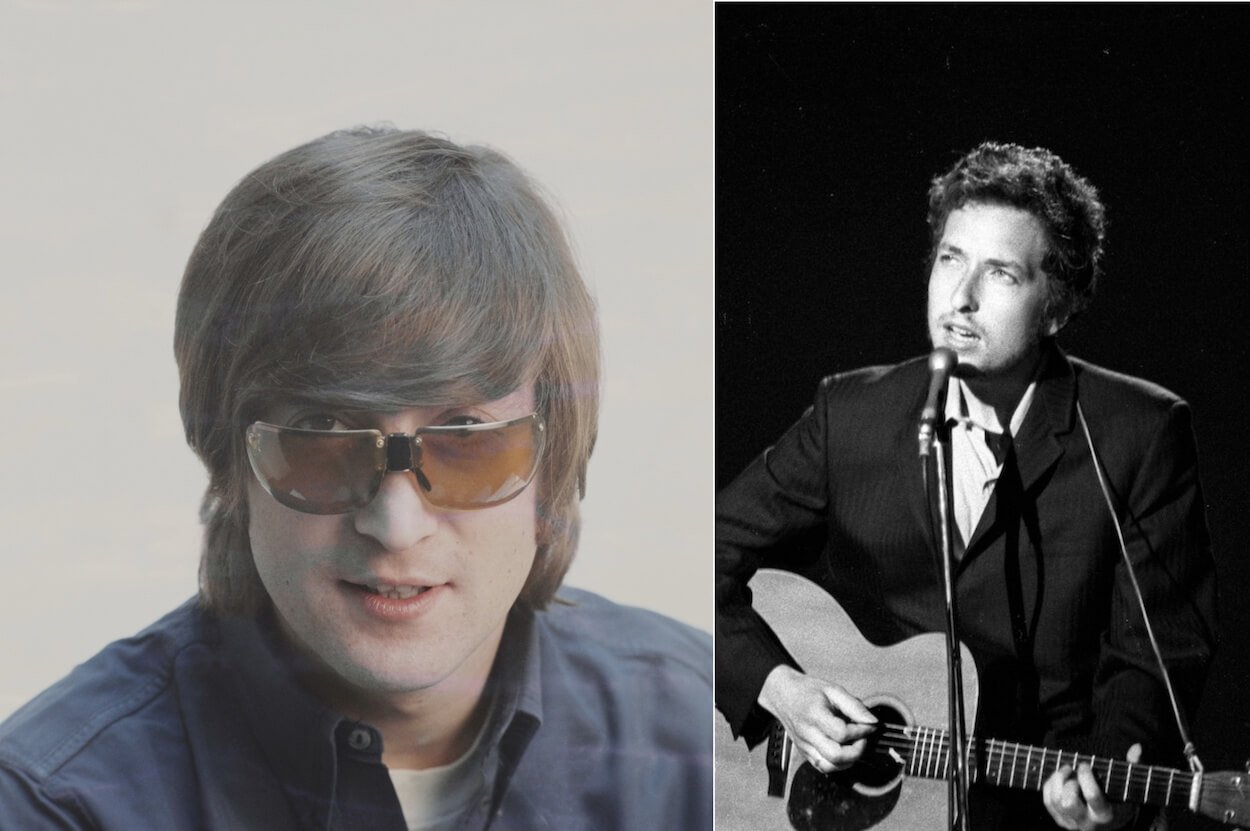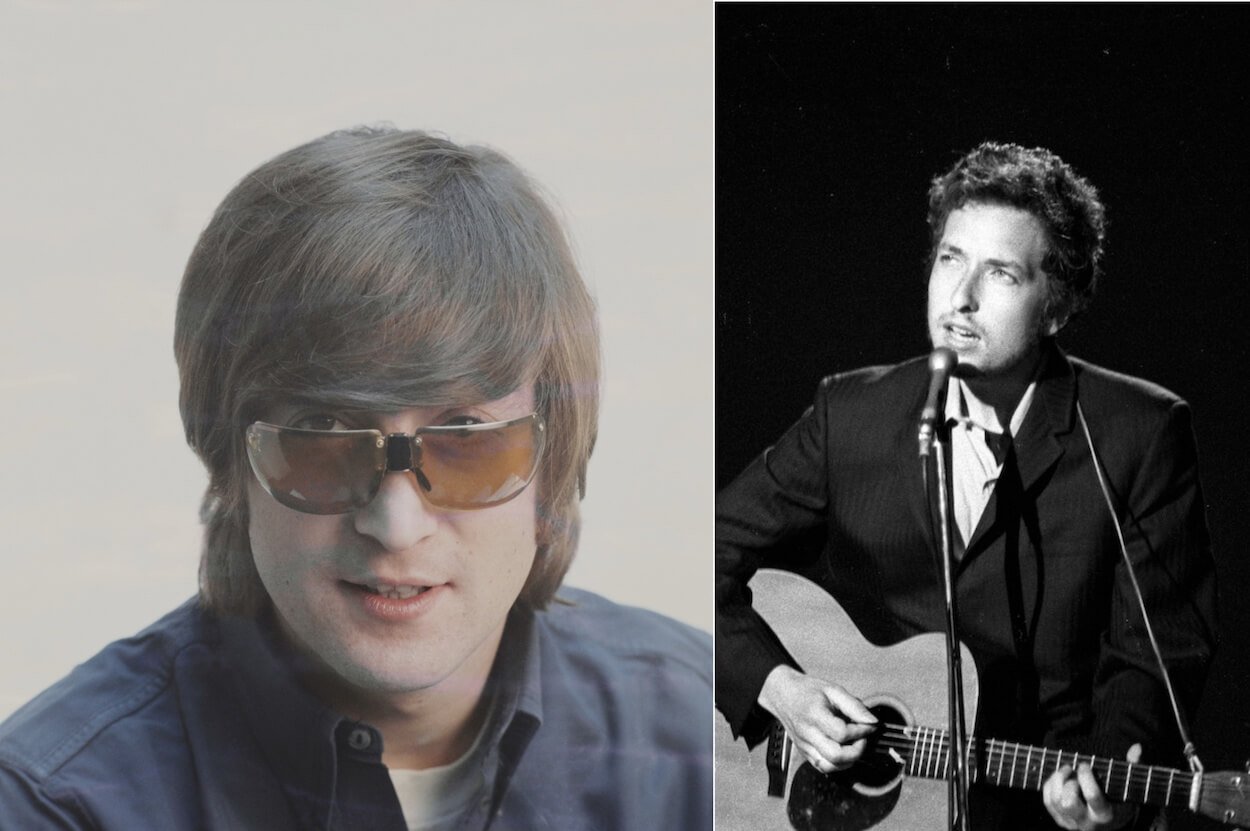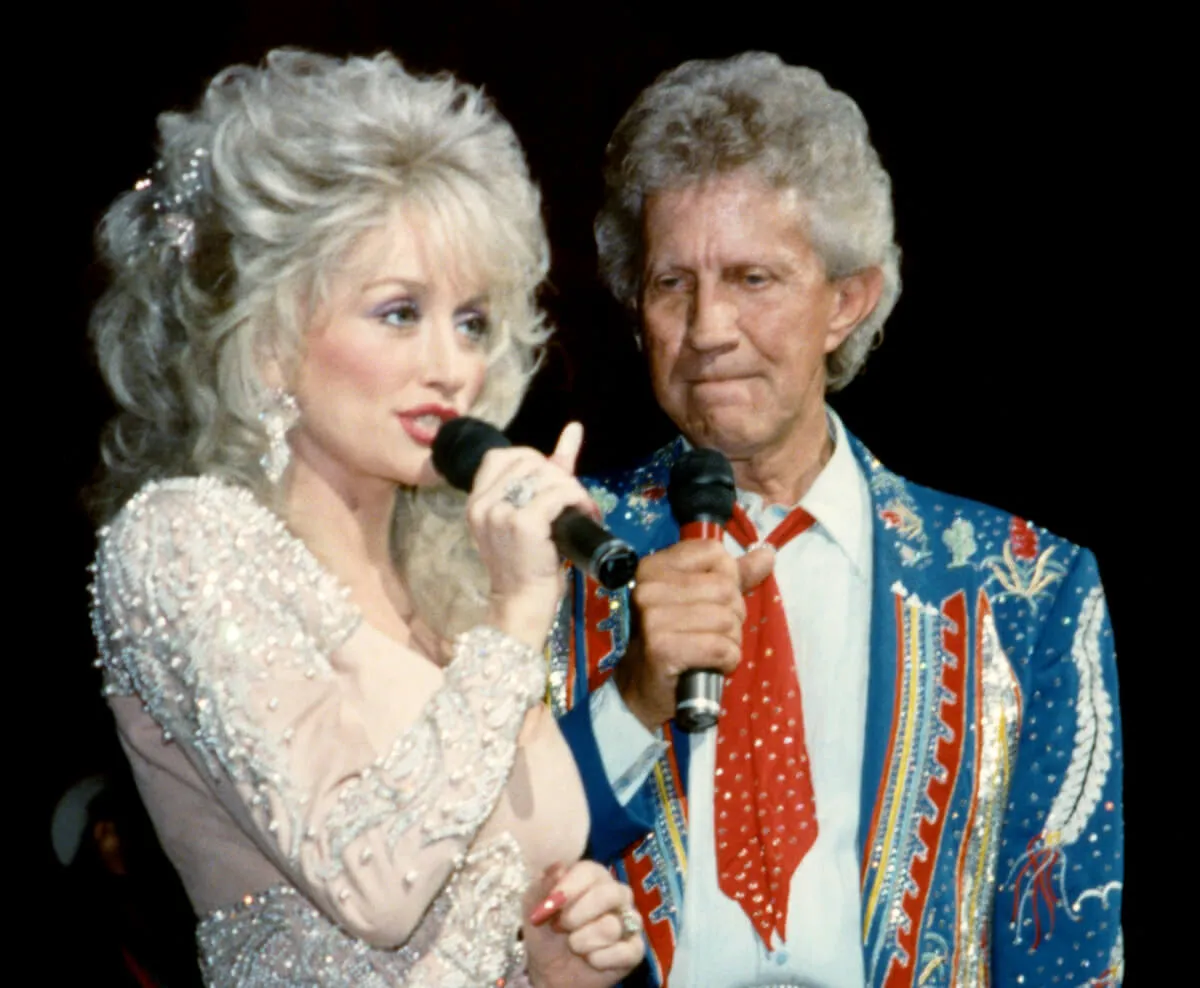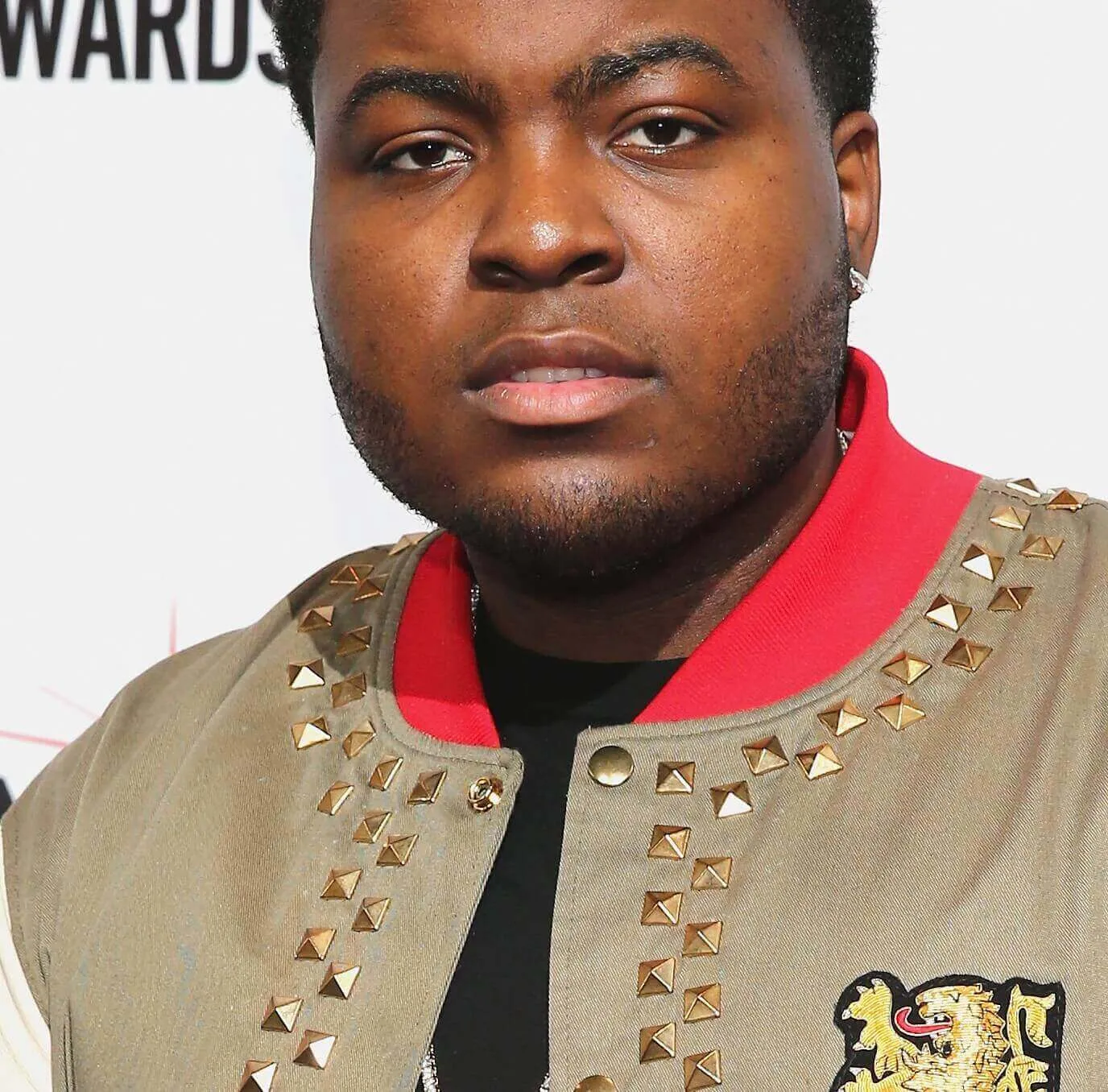
The Strange Non-Musical Similarity Between Bob Dylan and John Lennon
John Lennon became an inspirational artist with The Beatles. That doesn’t mean he didn’t get starstruck by other musicians sometimes. He placed his wife, Yoko Ono, on a pedestal, saying she was as important as Paul McCartney and Bob Dylan. Speaking of Dylan, he once said he shared a non-musical similarity with John Lennon — their childhood homes.

John Lennon and Bob Dylan had a non-musical similarity in the kitchens of their childhood homes
Many older homes in and around Liverpool probably don’t draw much attention. The houses where John and Paul McCartney grew up would be exceptions. England’s National Trust maintains both properties and keeps them in a state of suspended animation. The group decorated the interiors as they would have looked in the late 1950s when Lennon and Macca were still schoolboys living at home.
That would have been the version of John Lennon’s childhood home Bob Dylan visited in 2009. The singer-songwriter found a massive similarity between John’s house growing up and his, according to 150 Glimpses of The Beatles author Craig Brown:
“It turns out that Bob Dylan is an enthusiast for visiting sites associated with rock stars. In 2009, he visited Mendips, and was overheard saying, ‘This kitchen, it’s just like my mom’s.’”
Brown wrote that Dylan has also visited the childhood haunts of Neil Young and Memphis’ Sun Studios, where Elvis Presley made his earliest records.
Ono bought the home at 251 Menlove Ave. in Liverpool’s Woolton neighborhood and donated it to the National Trust, per Brown. We’re wondering if the bespectacled Beatle would have felt strongly one way or the other about Dylan visiting years later.
Dylan impacted The Beatles, but John still freely criticized him
The Beatles first discovered Dylan’s music in the early 1960s, and John said it affected his songwriting. It was like a meeting of the minds when The Beatles first met Dylan in 1964.
He introduced them to pot. They showed him the power of electric guitars. They opened their minds, altered their sound, and charted the course for the next half-decade of pop music. He went electric at the Newport Jazz Festival in 1965 and proved that you could still be a stellar singer-songwriter even without an acoustic guitar.
John took inspiration from his counterpart and wrote several Beatles songs inspired by Dylan, including two from Rubber Soul. The singer, born Robert Zimmerman, released some of his best 1960s albums — Highway 61 Revisited, Blonde on Blonde, John Wesley Harding — after meeting The Beatles.
There was mutual admiration and some musical similarities, but that didn’t stop John from throwing Dylan under the bus. Lennon said the Dylan song “Gotta Serve Somebody” was embarrassing and pathetic for such a talented musician. Lennon got ticked off whenever Dylan said The Beatles learned a lot of what they knew from him. Eventually, John’s appreciation for Dylan’s music decreased while the American learned to love Lennon’s music even more.
All that said, John’s harsh words about Dylan might have been a sign of deeply-rooted love. After all, he frequently criticized Paul McCartney’s music during their time as Beatles bandmates (though he admired some of Macca’s music). John loved Elvis Presley music but insulted the King in his own home the only time they met.
Lennon’s other homes became famous because of him
Dylan found a similarity between him and John Lennon when he visited his childhood home. The house on Menlove Ave. was only famous because of John. You could say the same about his other homes.
His Tittenhurst estate in suburban London took on an almost mythical status for Fab Four fans. It was the site of the last Beatles photo shoot in 1969. Ringo Starr later bought it and burned John’s leftover possessions.
John owned two New York City properties. The Dakota apartment building was the unfortunate site of his assassination in 1980; the city’s memorial to the artist, located across the street, is a must-see spot for Beatles fans. During his Lost Weekend period in the mid-1970s, John moved out of the Dakota and into a New York penthouse worth more than $5 million decades later. All that money couldn’t buy the non-musical similarity between John Lennon and Bob Dylan — a carbon copy of the kitchens their childhood homes had.
For more on the entertainment world and exclusive interviews, subscribe to Showbiz Cheat Sheet’s YouTube channel.


